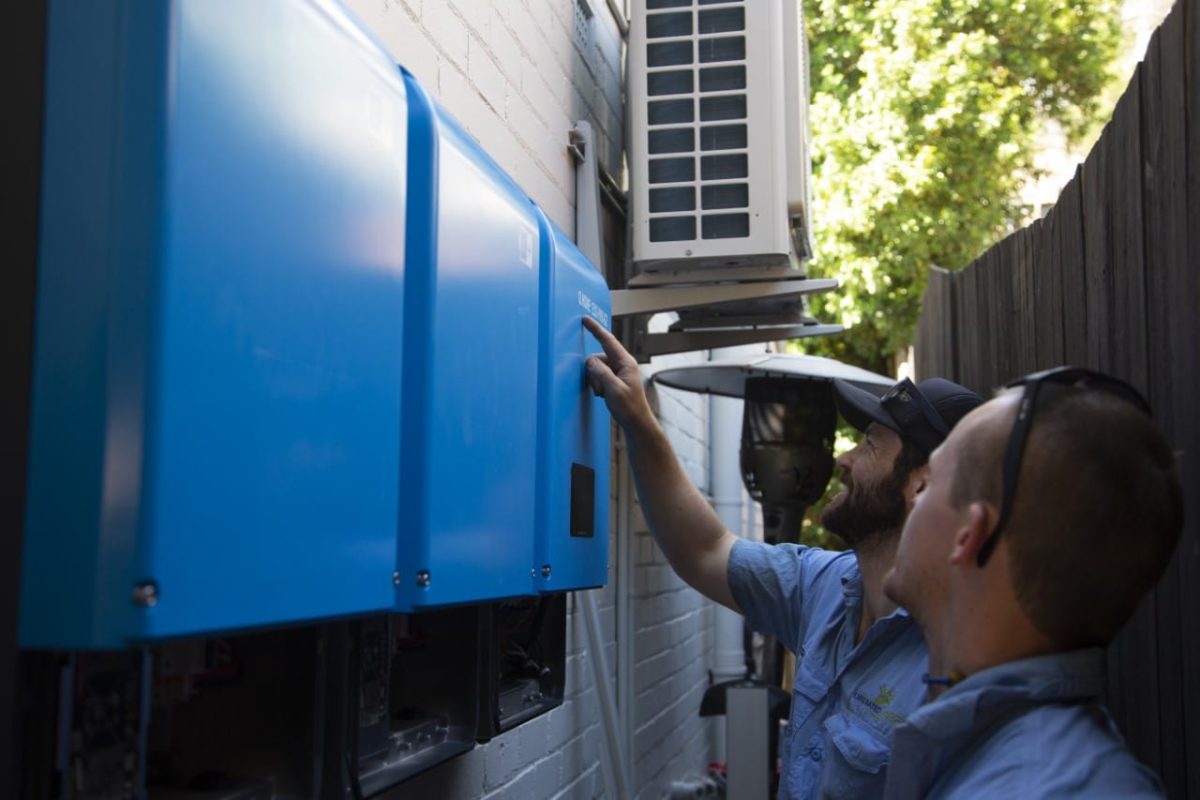Germany's EUPD Research has released new findings from its annual survey of Australian solar installers. It focused on the preferred brands of modules, inverters and storage and looked at how companies are diversifying their offerings.
EUPD Research spoke to 200 companies, in cooperation with Australian analyst SunWiz. The findings support claims from the industry about its changing direction, driven by growing saturation. In the two years from 2019 to 2021, EUPD Research and SunWiz found that Australia’s solar capacity expanded at a compound annual growth rate of 26.7%. The residential segment accounted for most of this growth, with the utility-scale sector a close second, while commercial and industrial lagged.
There was a significant jump last year in the number of companies offering storage solutions, growing from 41% in 2020 to 54% in 2021. About 30% of companies said they plan to include storage solutions in their portfolios by the end of 2022.
Solar saturation
These numbers confirm what Kosta Bourandanis, a sales manager at wholesale distributor Supply Partners, recently told pv magazine about the saturation of the solar market in Australia. He said self-consumption is today the primary selling point for most solar systems, with feed-in tariffs no longer a drawcard.
This is hardly surprising, given that SunWiz estimated Australia’s cumulative installed solar PV capacity at the end of 2021 at 26.9 GW. For reference, the National Electricity Market’s demand since 2020 has sat at just over 30 GW, leaving very little room for other generation types during daylight hours.
Bourandanis said he is increasingly hearing of solar companies diversifying into electric vehicles (EVs) and batteries, as exporting back to the grid holds little promise. While EUPD Research’s “Market Briefing Australia” presentation did not speak at length on EVs, presenter Saif Islam noted that 12% of Australian companies are already offering “electric mobility solutions.”
In Australia, one-third of installation companies accounted for 89% of all of Australia’s installed PV capacity in 2021. The remaining 65% of “low-volume” solar companies accounted for just 11% of installations.
For Platinum Solar Designs General Manager Scott Mason, this points to a larger issue in the industry. Mason told pv magazine Australia that monopolization is a growing problem that has been exacerbated by the current governance structure.
To continue reading, please visit our pv magazine Australia website.
This content is protected by copyright and may not be reused. If you want to cooperate with us and would like to reuse some of our content, please contact: editors@pv-magazine.com.




2 comments
By submitting this form you agree to pv magazine using your data for the purposes of publishing your comment.
Your personal data will only be disclosed or otherwise transmitted to third parties for the purposes of spam filtering or if this is necessary for technical maintenance of the website. Any other transfer to third parties will not take place unless this is justified on the basis of applicable data protection regulations or if pv magazine is legally obliged to do so.
You may revoke this consent at any time with effect for the future, in which case your personal data will be deleted immediately. Otherwise, your data will be deleted if pv magazine has processed your request or the purpose of data storage is fulfilled.
Further information on data privacy can be found in our Data Protection Policy.